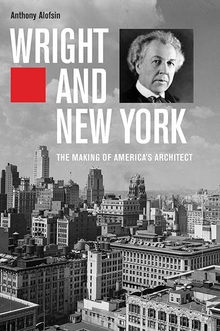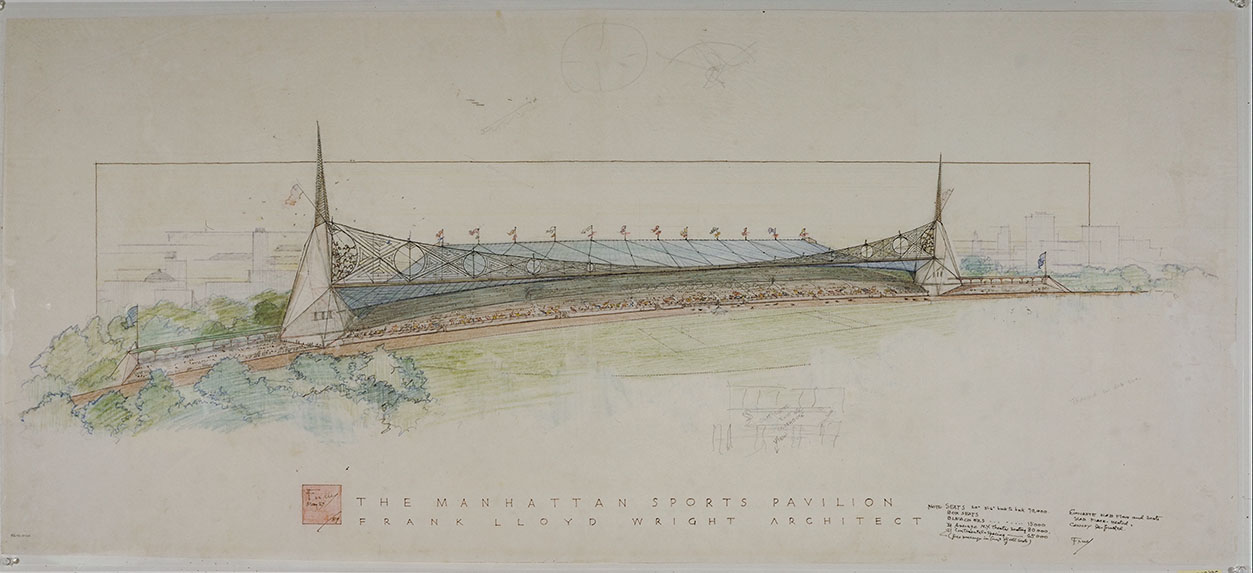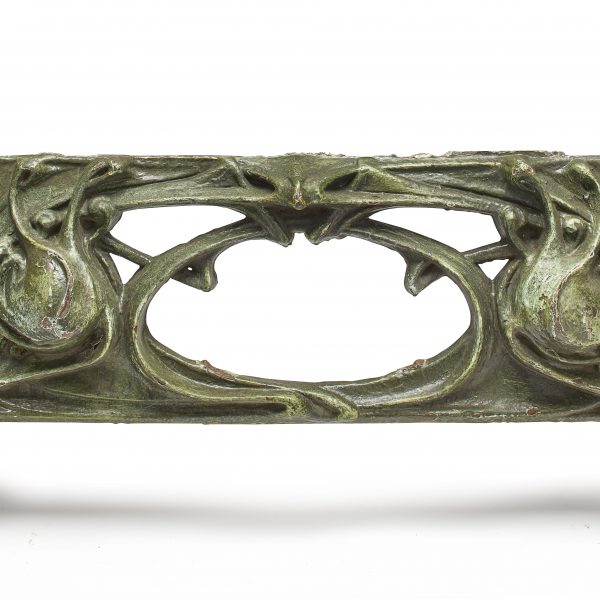The Frank Lloyd Wright We Didn’t Know
Anthony Alofsin—
When you think about Frank Lloyd Wright, you think of him as the architect of the prairies and Chicago, but there’s another story—Wright and New York—that reveals a person and a life we’ve never known. Between 1925 and 1932 the city turned him around, moving him from personal and professional crisis to set the stage for his final decades as the American champion of modern architecture. Fifty-eight years old, broke, harassed, and seeking refuge, he found shelter and commissions for two buildings in the city—a vast modern cathedral and a new prototype for the skyscraper. They provided the context for this turnaround, freed him creatively, gave him a platform for his ideas, and, crucially, drew the attention of architects, critics, and writers.
That New York did this is ironic, as Wright loved to demonize urban life. Already in the mid-1920s he bemoaned the city as an unlivable urban nightmare run on greed. “The city is a prison,” he told his son Lloyd. It grated on his sensibilities and affronted him with its clamor and speed. Its fleshy excesses appalled him. He ranted against New York, a place “fit for banking and not much else . . . a crime of crimes . . . humanity preying upon humanity . . . carcass . . . parasite . . . fibrous tumor . . . pig pile . . . incongruous mantrap of monstrous dimensions.” As we might suspect from the intensity of his protest, Wright knew New York well.
He wandered its streets and chatted with passersby. He strolled the cobblestones of Greenwich Village, dined with pleasure in its restaurants, reeled in its movie palaces. He met artists and writers and fed off their energy and ambition. Yes, there were traffic, subways, noise, and stifling crowds. But Manhattan also challenged and changed him, becoming a force by which he defined himself. In this sense the architect was responding as many artists and writers had for generations: with repulsion and irresistible attraction. Although Wright always wanted to present himself as alone, self-made, and unique, he participated in a long tradition that continues today as new generations recoil at the terrors of the city while seeking to know it, celebrate it, and to find out who they are from within it. The New York Wright confronted resembled the Gotham defined cogently by cultural historian William R. Taylor as a village of ideas embedded in a larger, elusive sphere. In Taylor’s terms, Gotham is the “cultural marketplace” where the commercial life of the city and the media it creates jostle with each other in a quest for self-expression. That description fits the world uncovered by Wright in the 1920s, a world defined not by a whole picture, but by partial yet potent views.
Wright was, after all, a Midwesterner born in 1867. He came from a maternal lineage of self-righteous firebrand preachers. His immediate family was fractured, as his father divorced his mother when Wright was a boy and never saw his son again. He attended a progressive rural secondary school run by his aunts, but he became a college dropout. He benefited from neither rigorous academic training nor a luxurious Grand Tour. His formation as an architect came largely through apprenticeship under his mentor, the Chicago architect Louis Sullivan. But he had innate gifts: a powerful ability to visualize in three dimensions, skill in drawing, and a critical and curious mind. He also had endless ambition and indefatigable drive. New York is where both were tested and proved.
From Wright and New York by Anthony Alofsin. Published by Yale University Press in 2020. Reproduced with permission.
Anthony Alofsin is Roland Roessner Centennial Professor of Architecture at the University of Texas at Austin.
Further Reading:


























